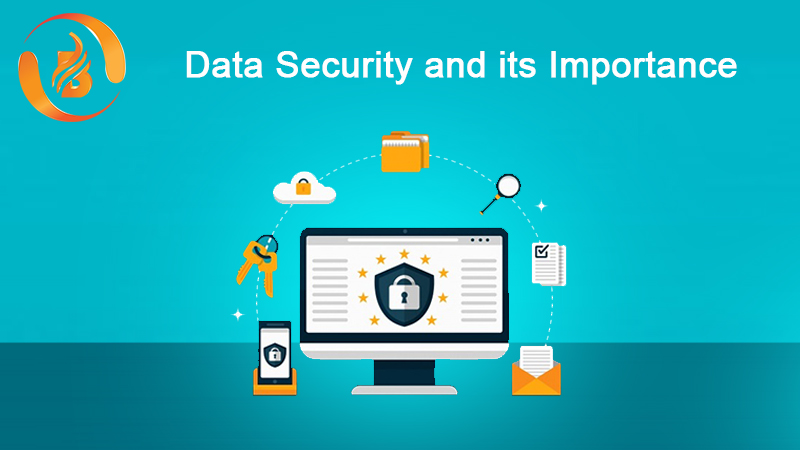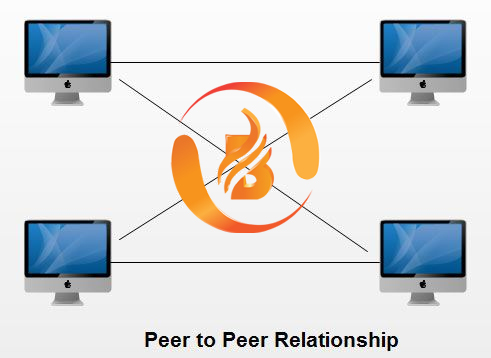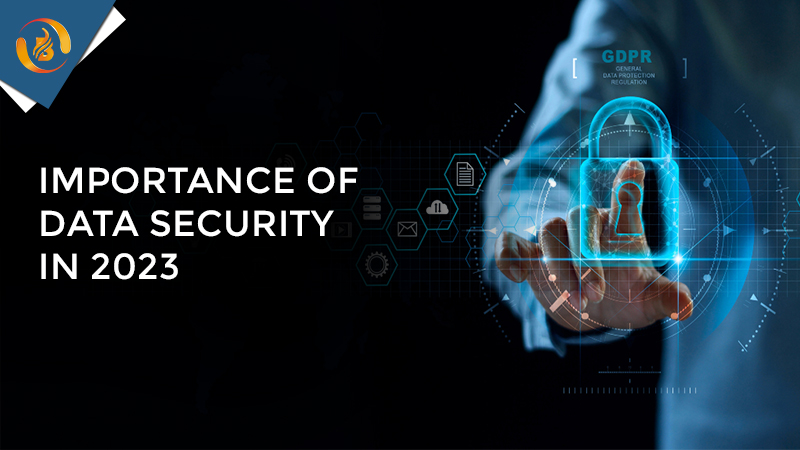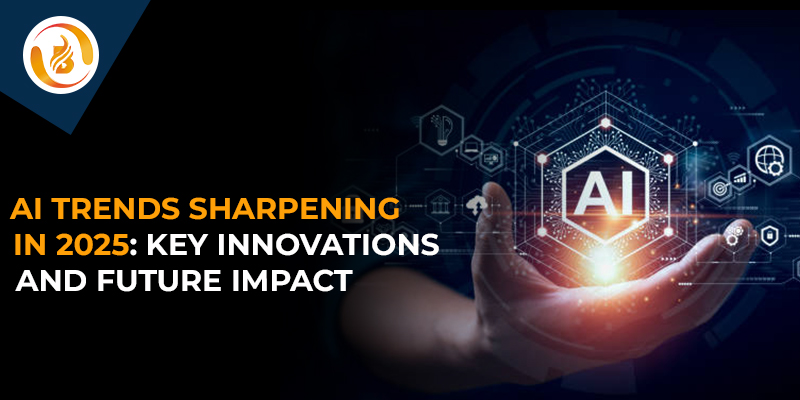Securing the digital future involves implementing robust security measures to protect against cyber threats. Here are key security measures followed by the top cyber security companies to shape a secure digital future:
Firewalls and Intrusion Prevention Systems (IPS):
A firewall is a software or network security device that establishes a border between a trusted internal network and untrusted external networks. It acts as a gatekeeper, regulating incoming and outgoing data flow between the network. Deploying a firewall monitors and controls the specific traffic, whether to allow or disallow it based on the predefined security policies. Thus, it protects the network from unauthorized access and potential cyberattacks.
Regular Software Updates and Patch Management:
Ensure all your systems and software are regularly updated with the latest security measures. By doing so, your Operating system and applications hold the advanced security patches that help to identify the known vulnerabilities and reduce the risk of exploitation.
Multi-Factor Authentication (MFA):
It is a security method that requires users to provide two or more different authentication factors to verify their identity. Beyond the traditional username and password combination, MFA is an added extra layer of security, which can be more vulnerable to various cyber threats. Utilize biometric authentication for enhanced identity verification.
Data Encryption:
Encryption is converting information (data) into a code to secure it from unauthorized access or use. Encryption allows to protect the confidentiality, integrity, and sometimes the authenticity of the data. In an encrypted form, data appears as a meaningless or unreadable sequence of characters, and only individuals or systems with the appropriate decryption key or algorithm can convert it back into its original, readable format.
The top cyber security companies implements end-to-end encryption to protect data in transit and use encryption for stored information.
Endpoint Security:
Protecting individual devices (endpoints) such as computers, laptops, and mobile devices is crucial. The endpoint security measures involve using antivirus software, encryption, and device management solutions to secure endpoints from various threats.
Data Backups:
- Regularly backup critical data and ensure the backups are secure and easily retrievable.
- Test data restoration procedures periodically.
Network Security:
Employing advanced network security measures, including secure configurations, VLANs, and access controls, helps safeguard the overall network infrastructure.
Regular Security Audits and Assessments:
Conducting frequent security audits and assessments helps identify vulnerabilities and weaknesses in systems and applications. Perform penetration testing to assess the effectiveness of security measures. Implementing Security Information and Event Management (SIEM) enables continuous monitoring and analysis of system events for early detection of security incidents. Implementing continuous monitoring tools and practices allows organizations to witness and respond to security threats in real-time.
Blockchain Technology:
- Utilize blockchain for secure and transparent transactions.
- Implement decentralized identity solutions for enhanced user authentication.
AI-Powered Threat Detection:
- Deploy AI and machine learning for proactive threat detection and response.
- Use behavioral analytics to identify abnormal patterns indicative of security incidents.
Regulatory Compliance:
- Stay informed about and comply with relevant data protection and cybersecurity regulations.
- Regularly audit and update compliance measures to align with evolving regulations.
Incident Response Plan:
- Develop and regularly update an incident response plan to address security incidents promptly.
- Conduct drills to ensure a quick and effective response to security breaches.
Security Awareness Training:
Conduct regular security awareness training to mitigate social engineering threats. Educating employees about cybersecurity best practices, phishing awareness, and social engineering tactics helps create a security-conscious culture within the organization. Educate employees about best cybersecurity practices.
Secure Development Practices:
Following secure coding practices during the development of software and applications helps prevent the introduction of vulnerabilities from the outset. Conduct regular security audits and code reviews.
Vendor Risk Management:
Don’t download and use third-party platforms that contain cybersecurity risks associated with them.
Cloud Security Measures:
It is essential for the organization to implement robust security measures such as encryption, identity and access management, and secure configurations while utilizing cloud services.
Network Segmentation:
Implement network segmentation to isolate sensitive data and limit lateral movement for attackers. Based on the principle of least privilege, restrict access.
Supply Chain Security:
Supply chain security refers to the measures and practices implemented to safeguard the integrity, confidentiality, and availability of products, services, and information as they move through the various stages of the supply chain. A secure supply chain helps prevent and mitigate risks, ensuring that the final product or service is free from tampering, counterfeiting, or unauthorized access.
It’s important to note that the cybersecurity landscape is dynamic, and companies should stay updated on emerging threats and best practices. Additionally, regulations and compliance requirements may influence the specific security measures companies adopt.
By integrating these security measures, organizations can shape a more secure and resilient digital future. Remember that cybersecurity companies in India provides an ongoing function that requires constant adaptation to emerging threats and technologies.
Visit us at: www.biovustechnologies.com







